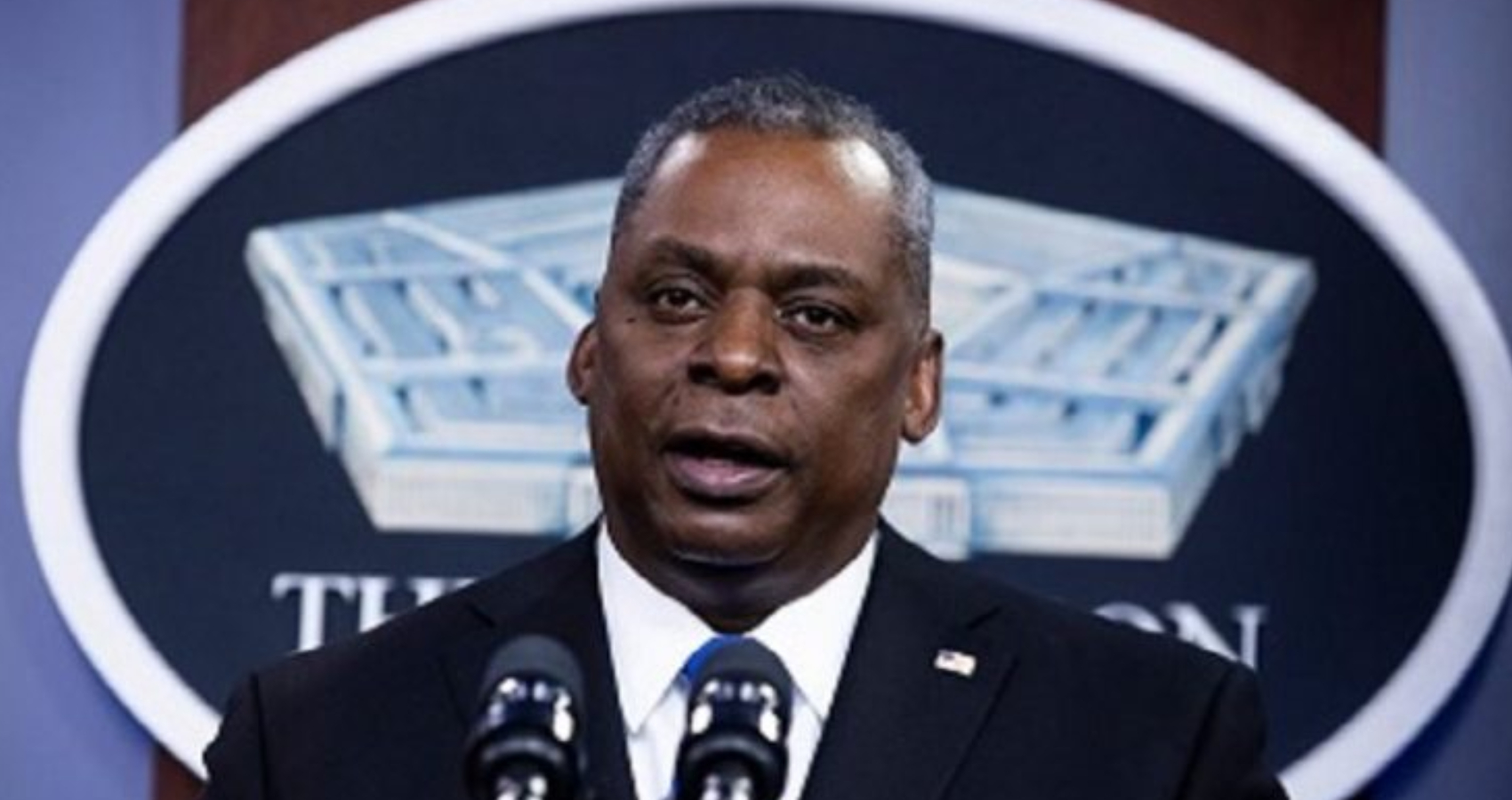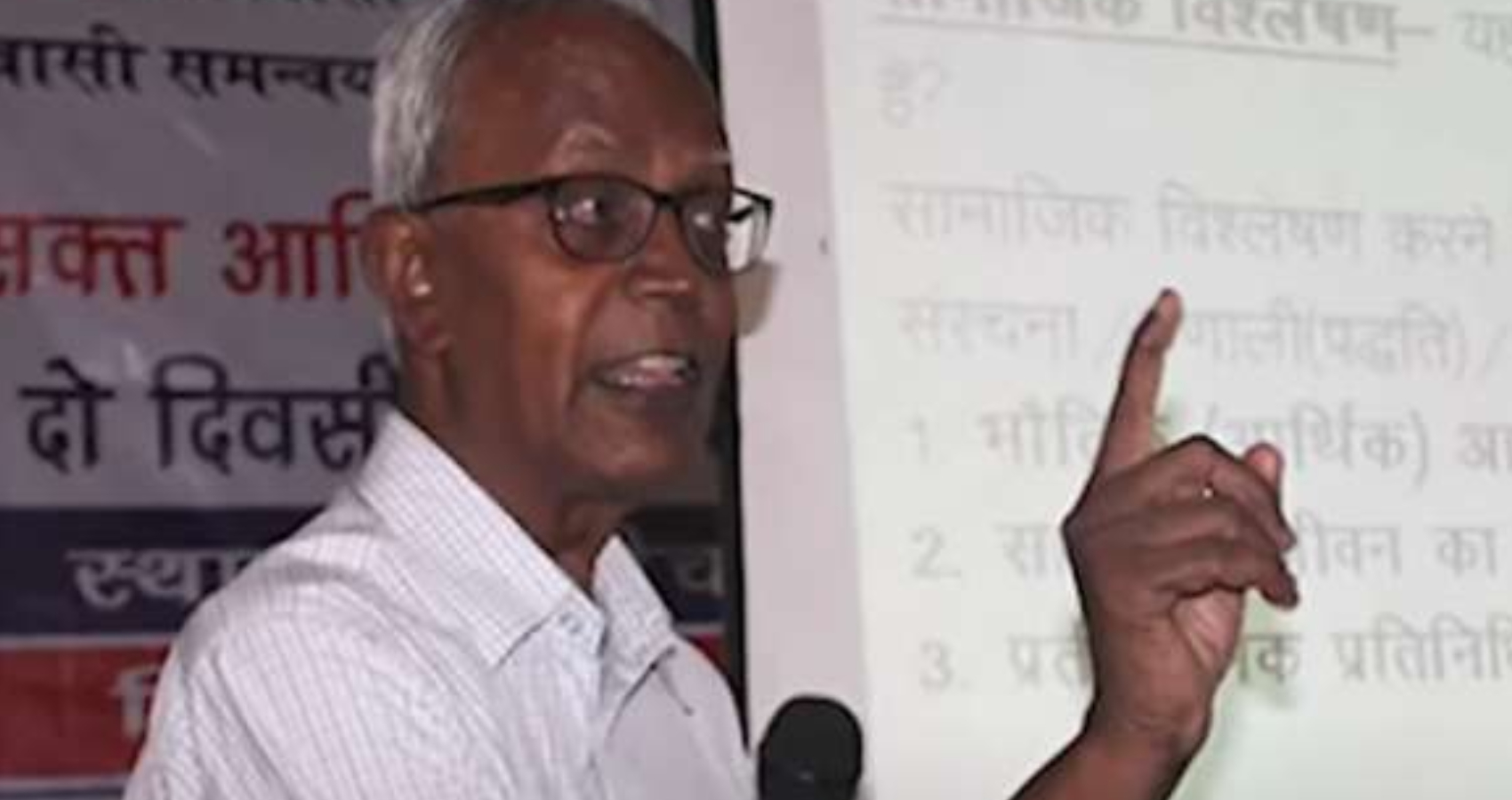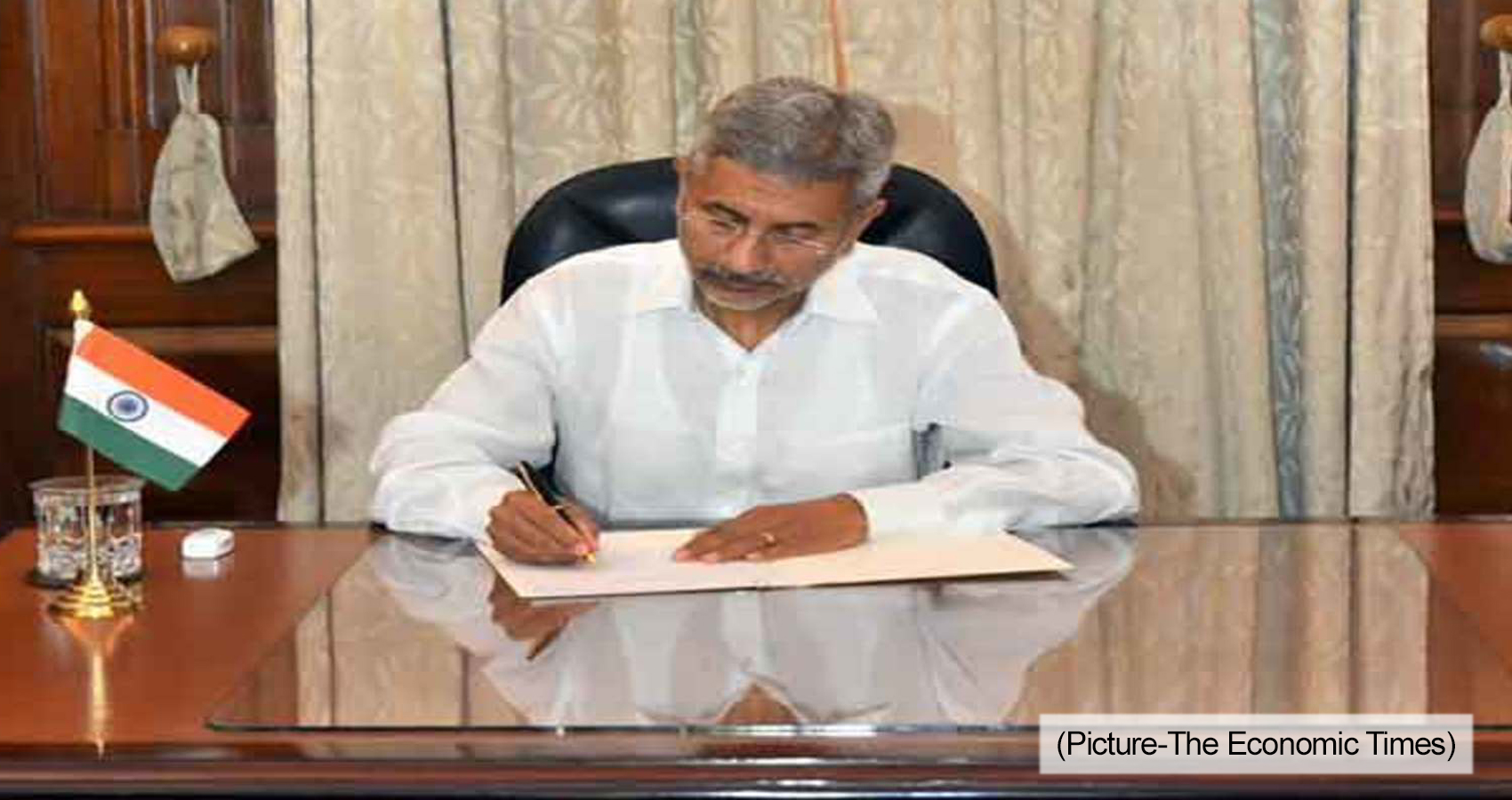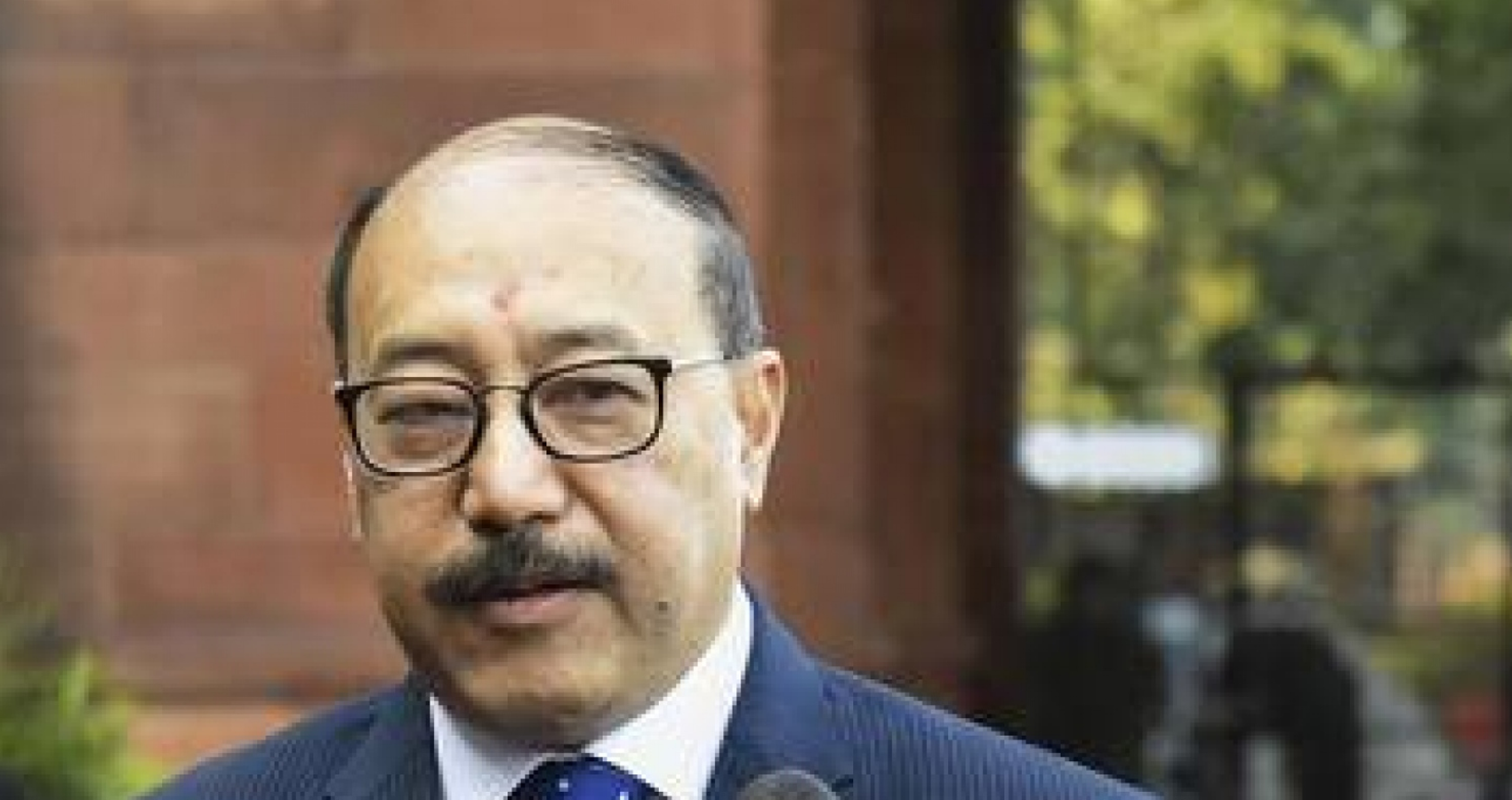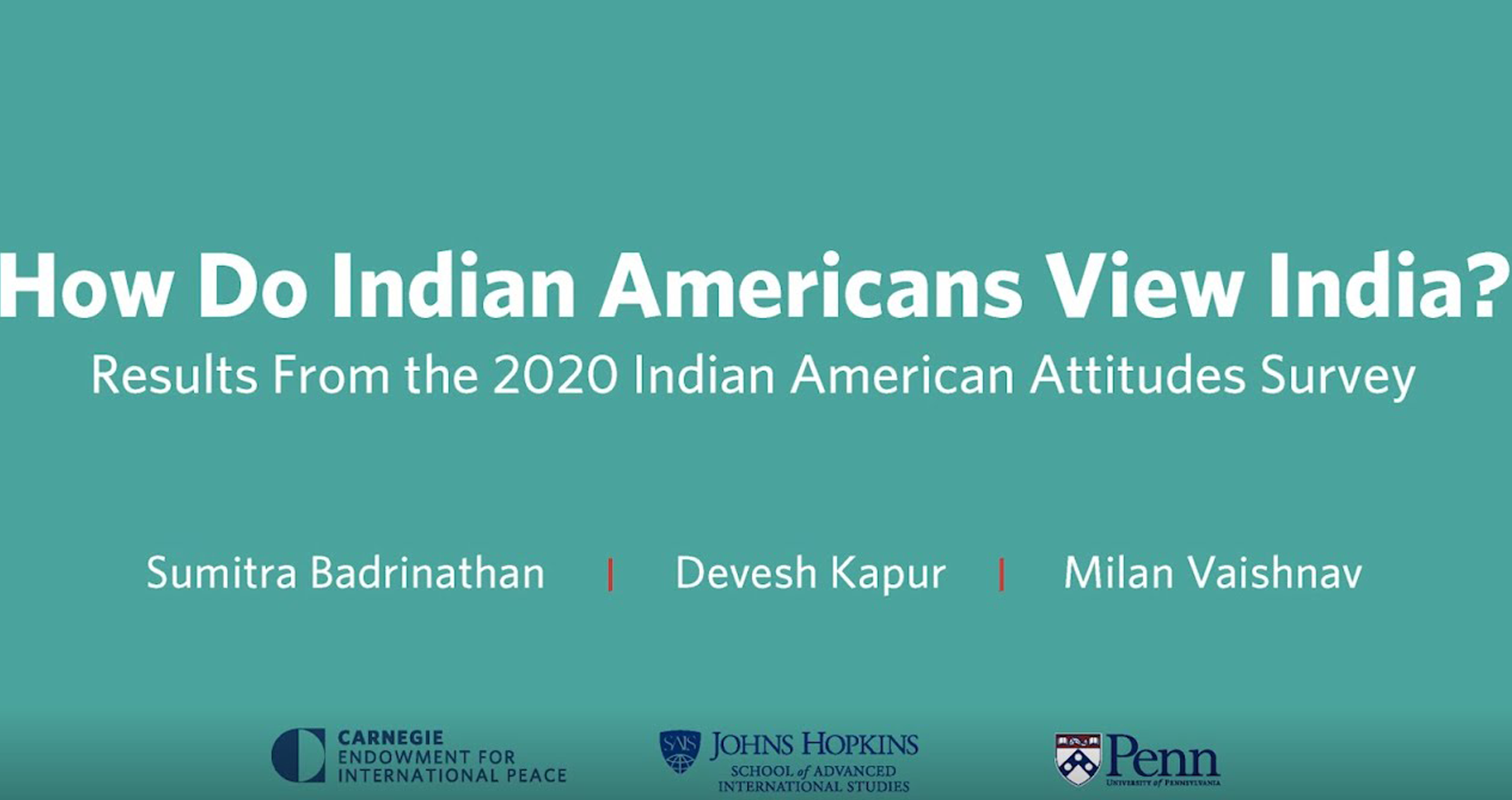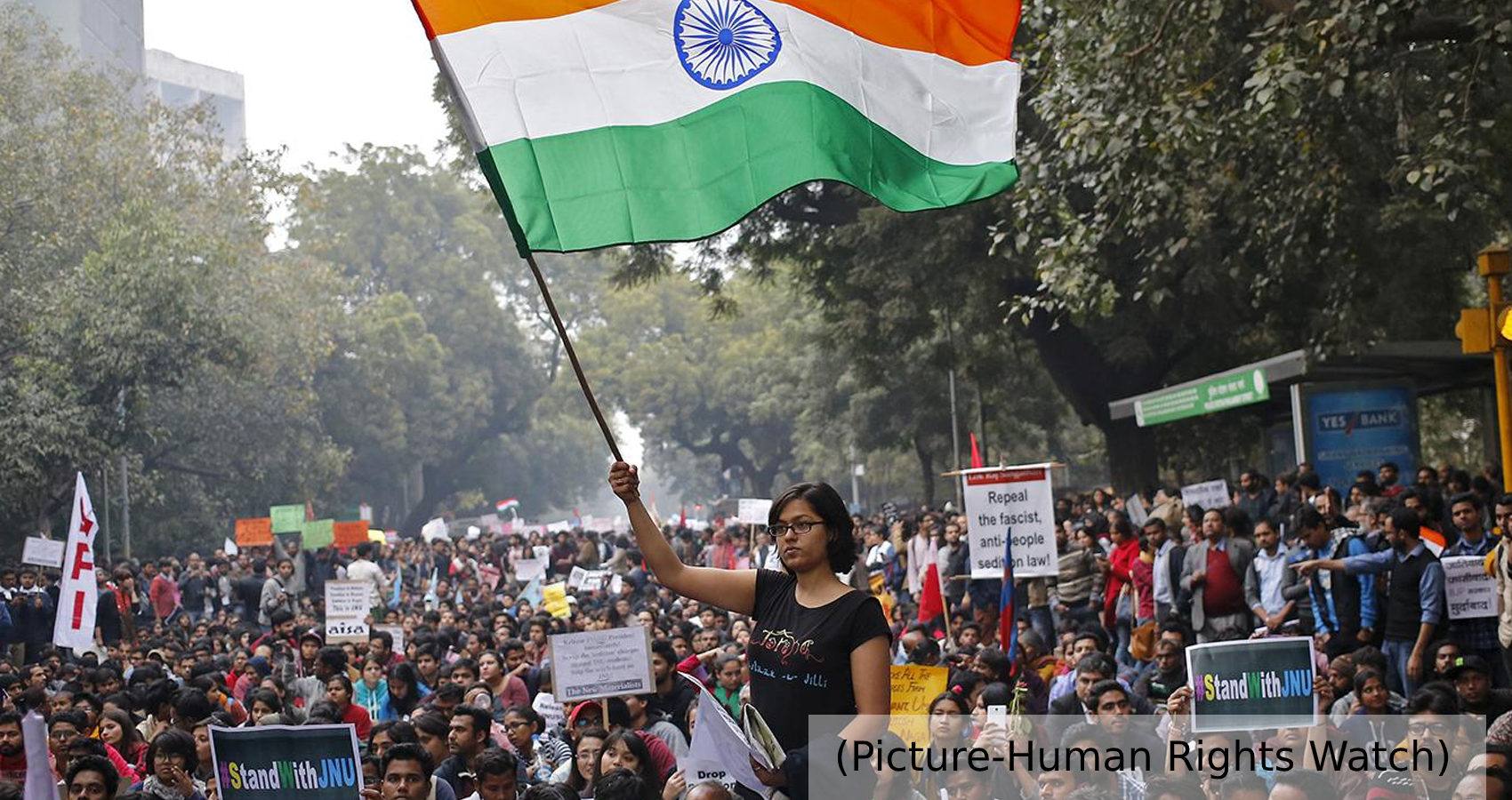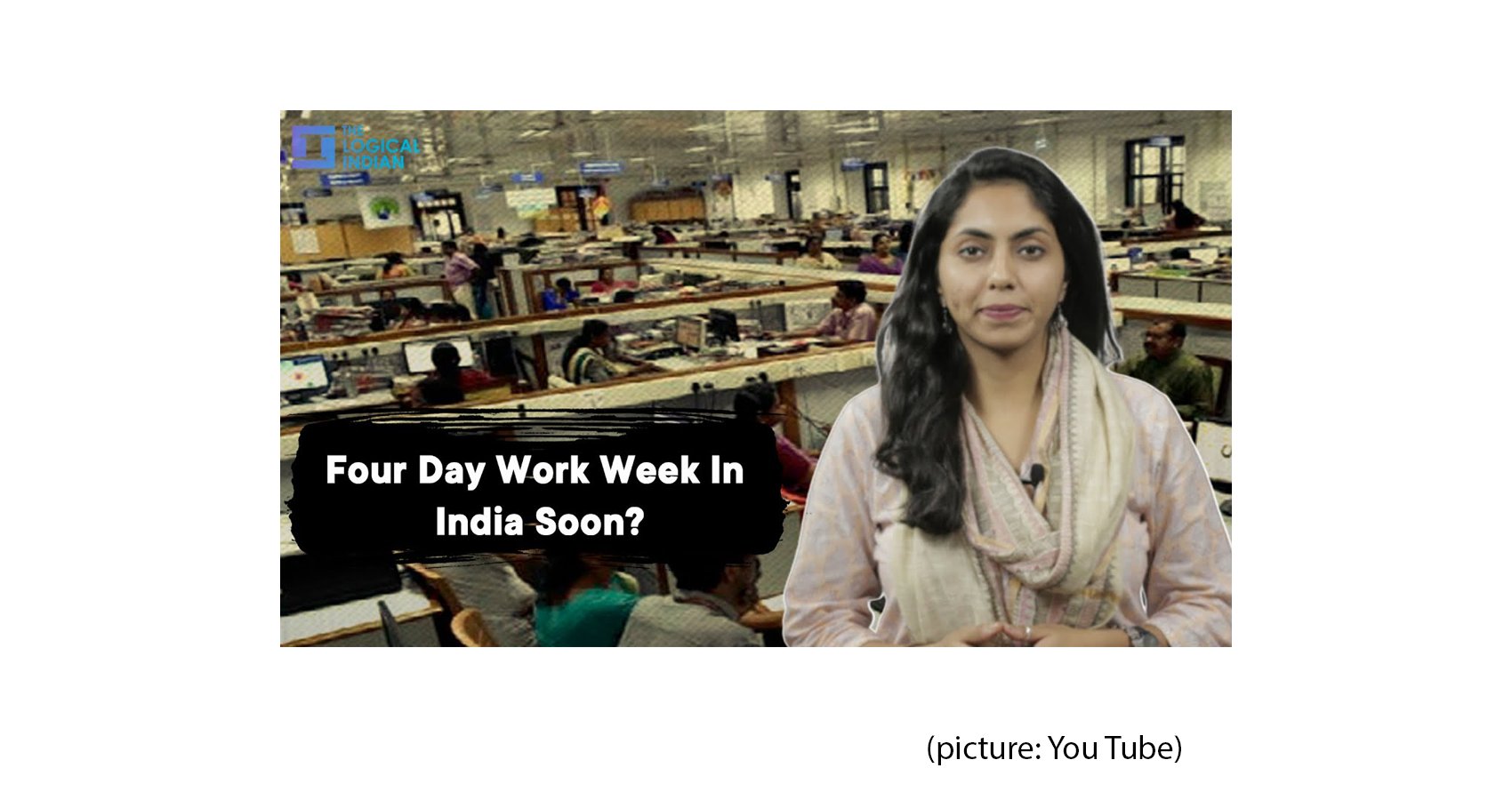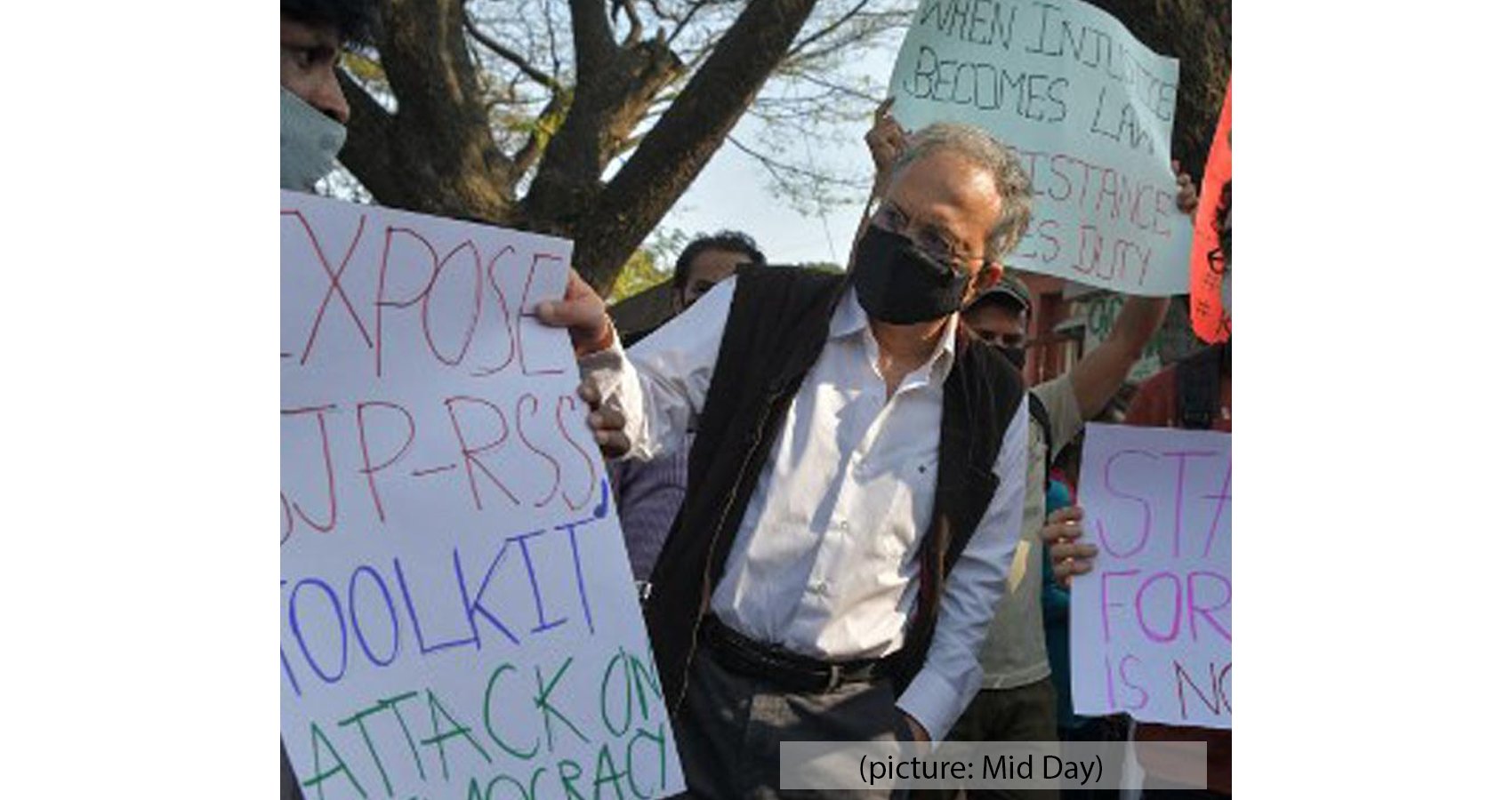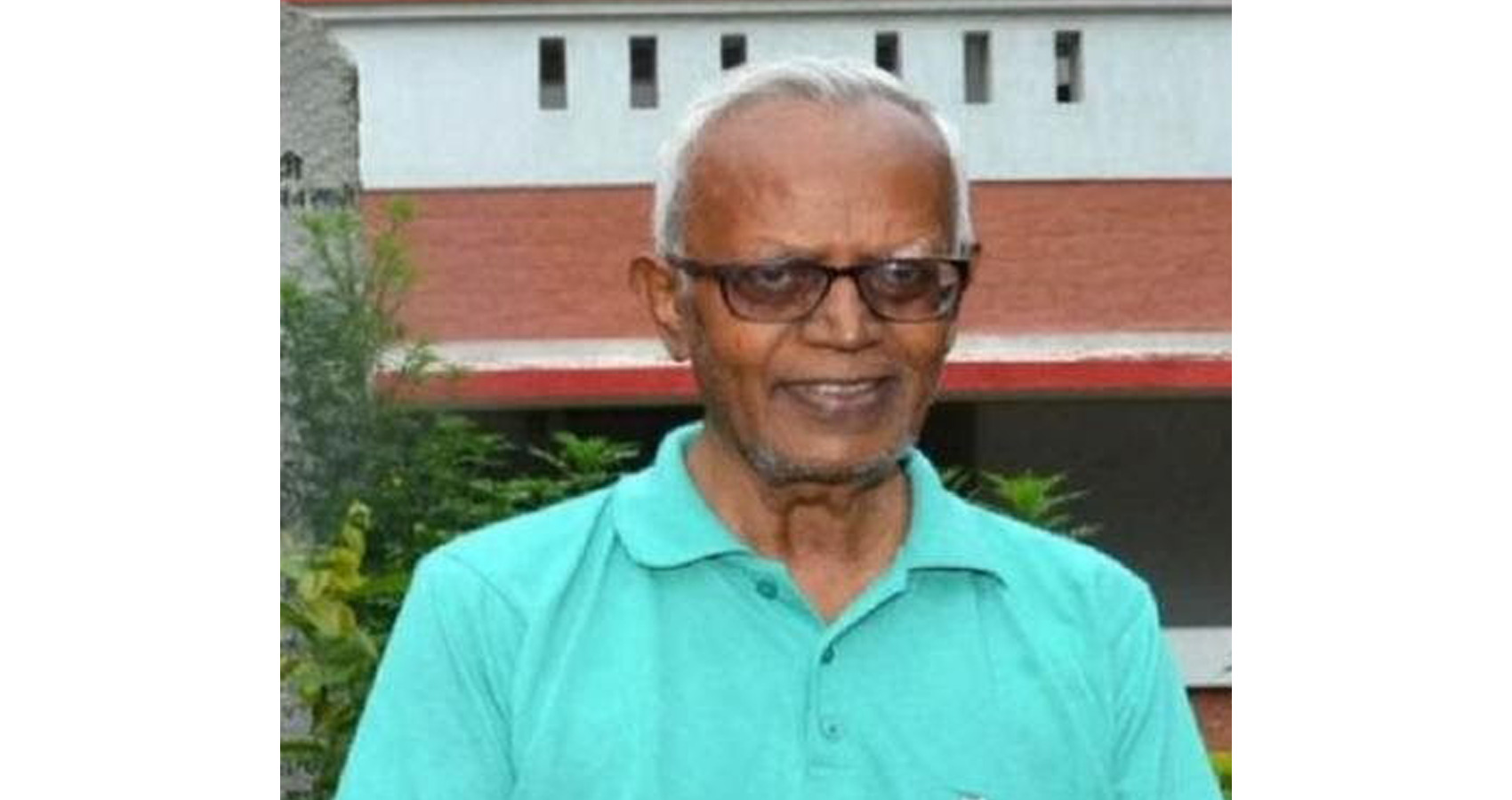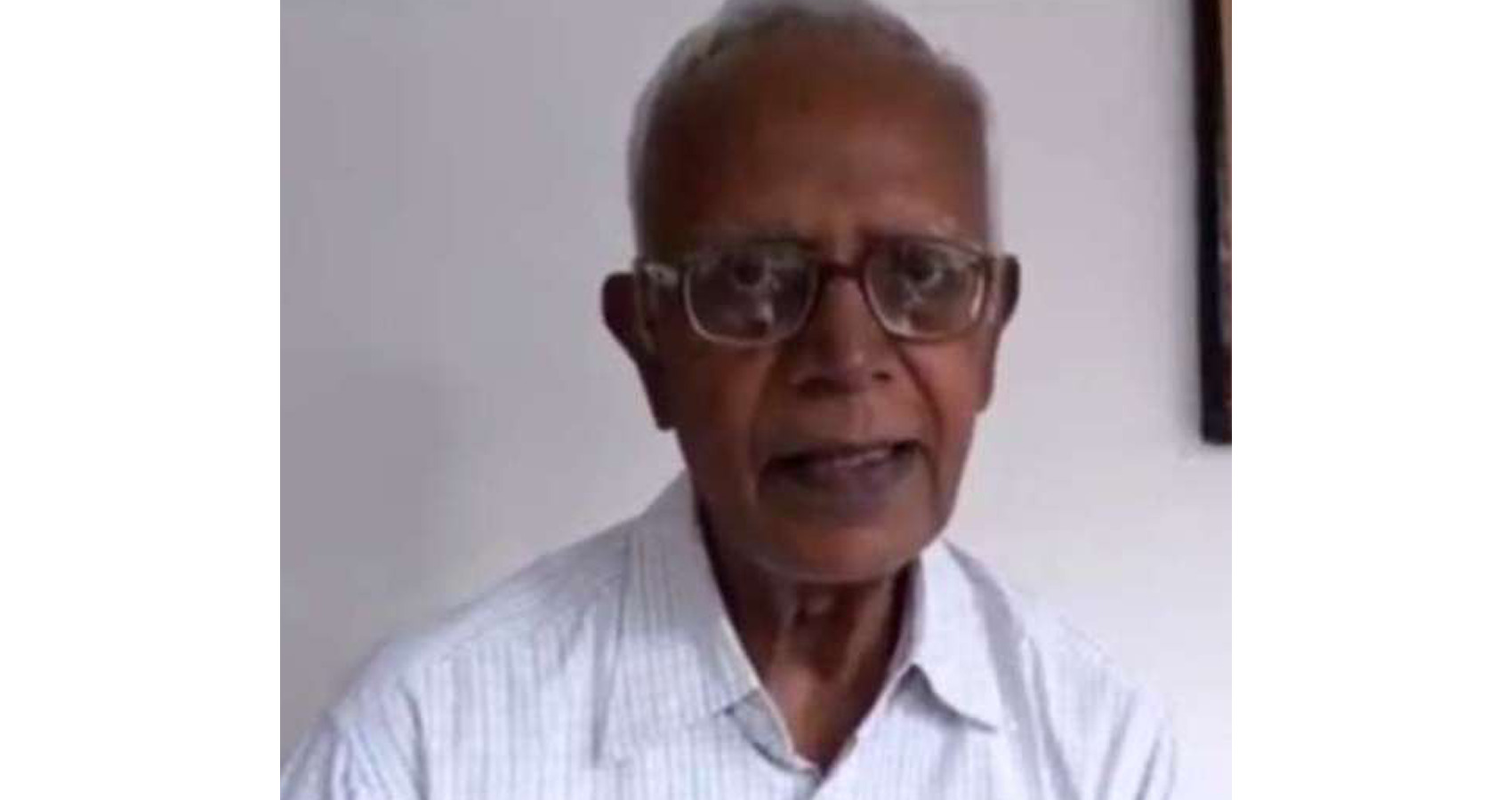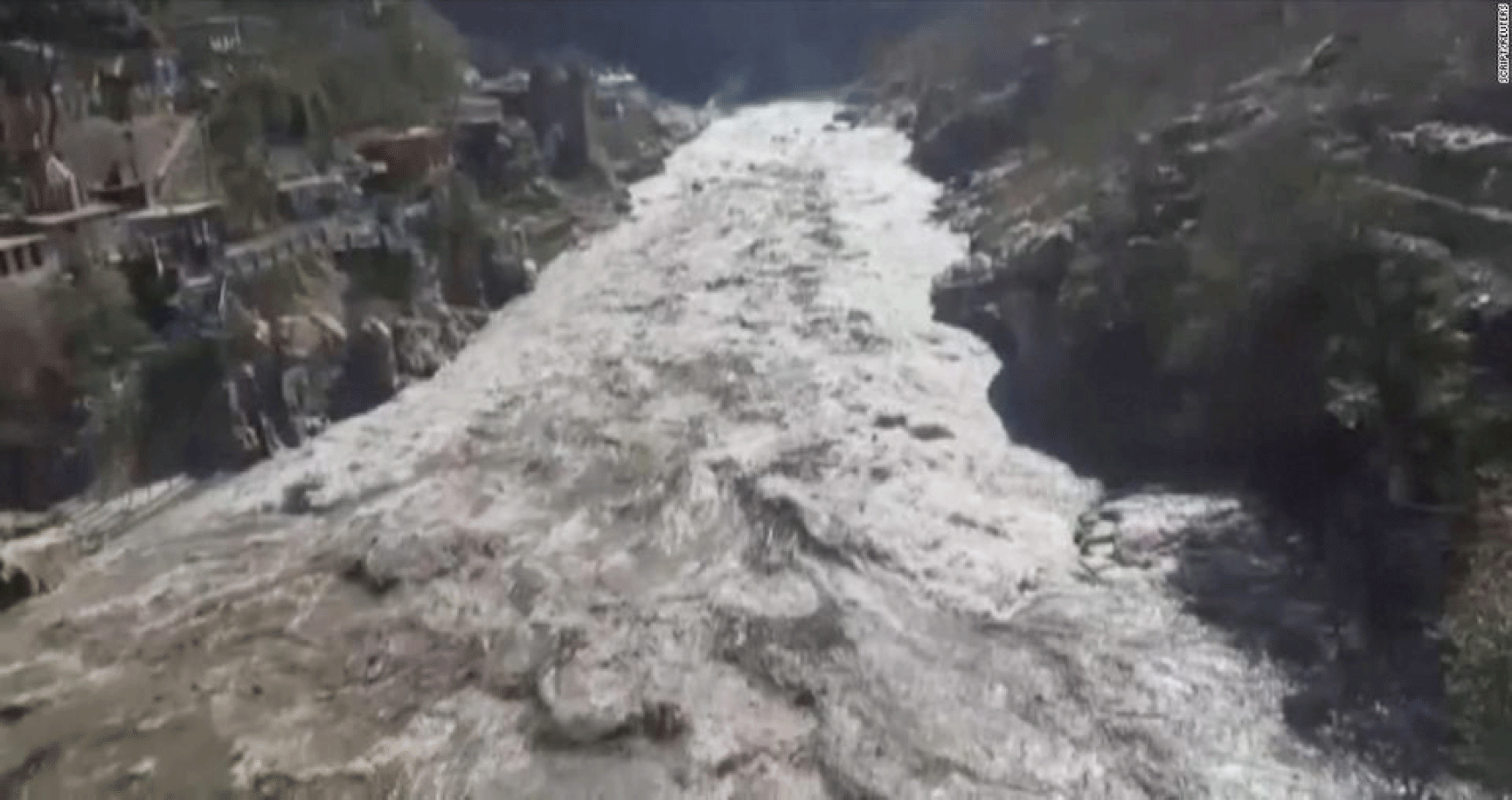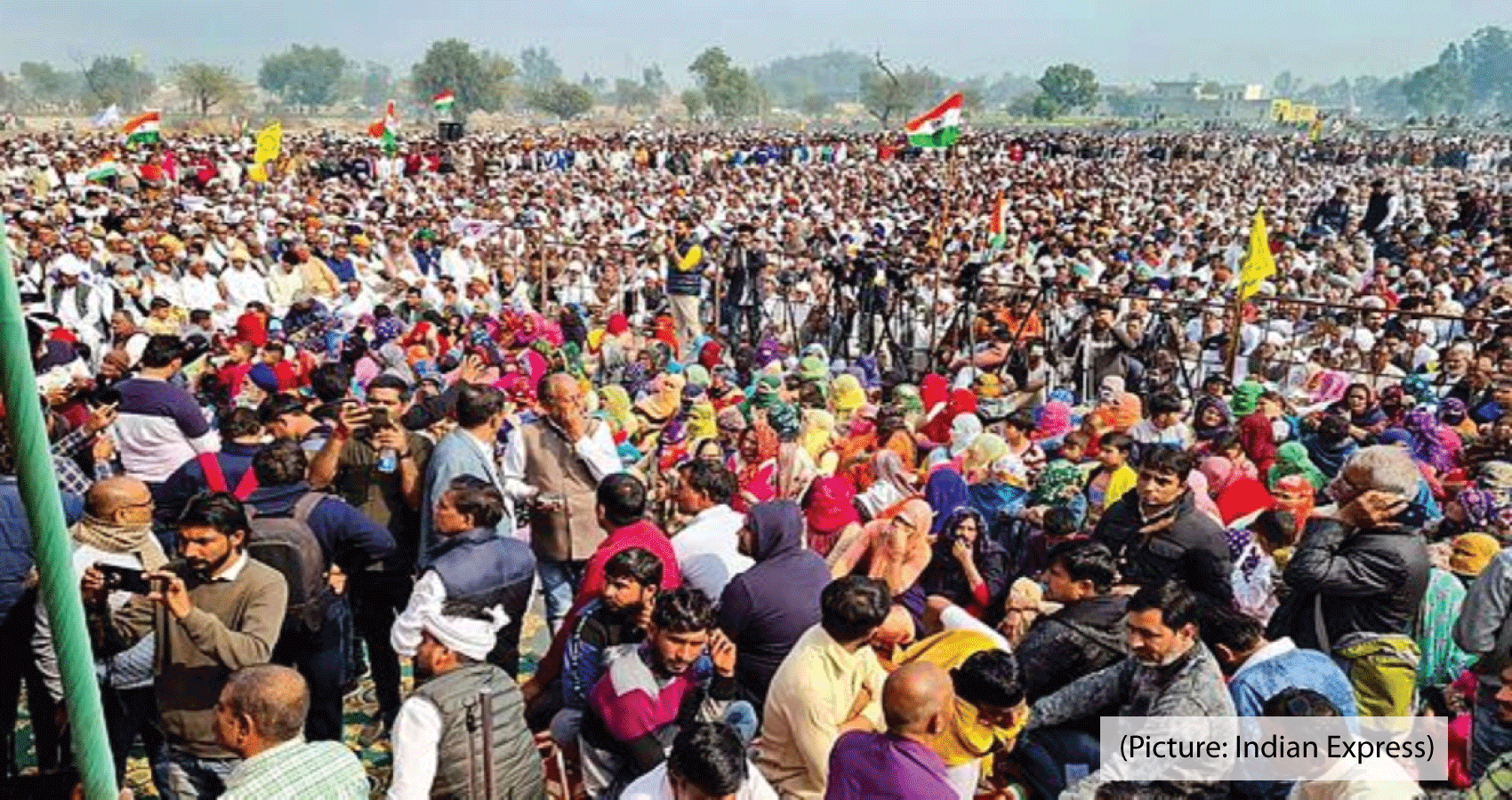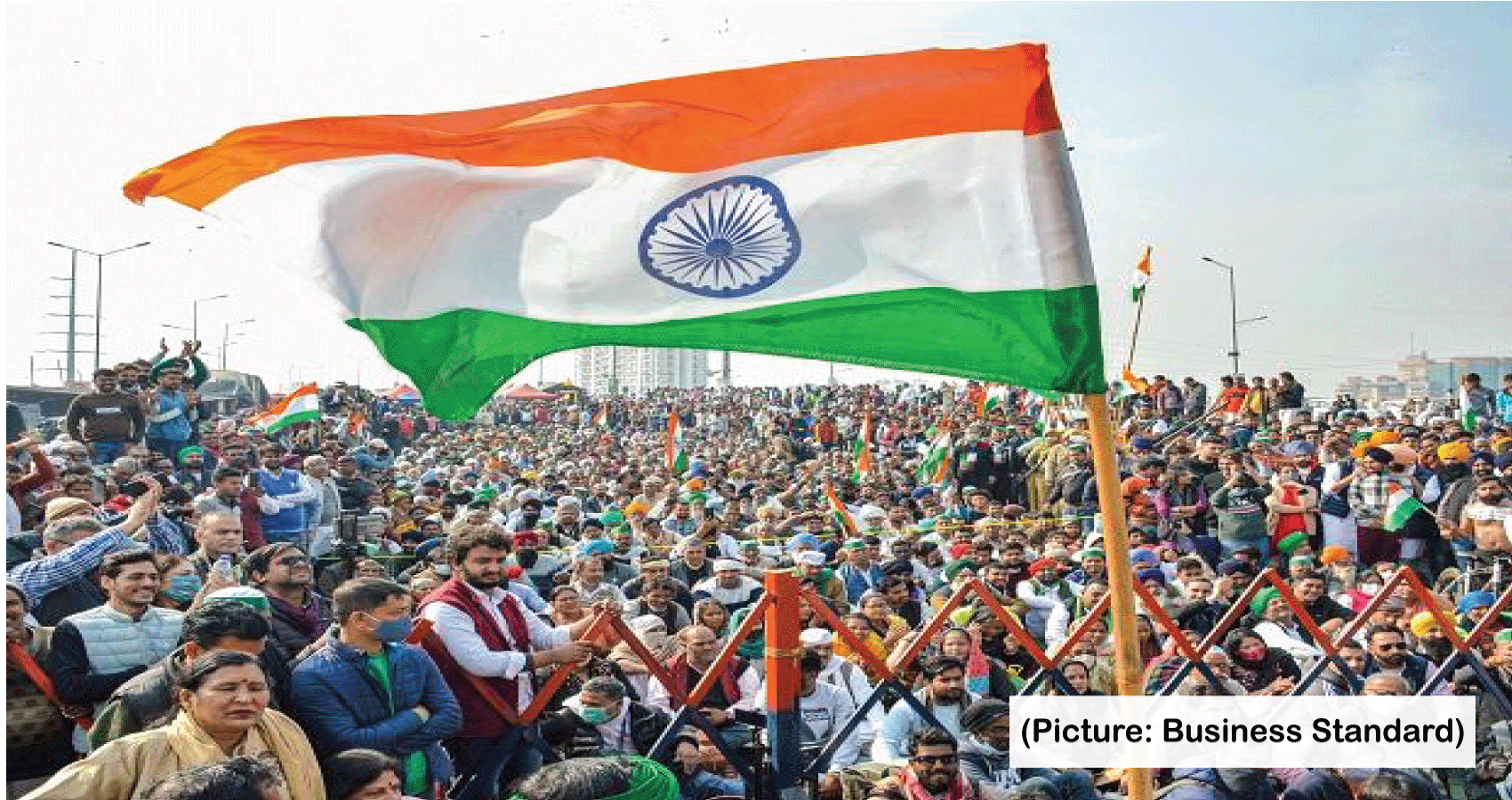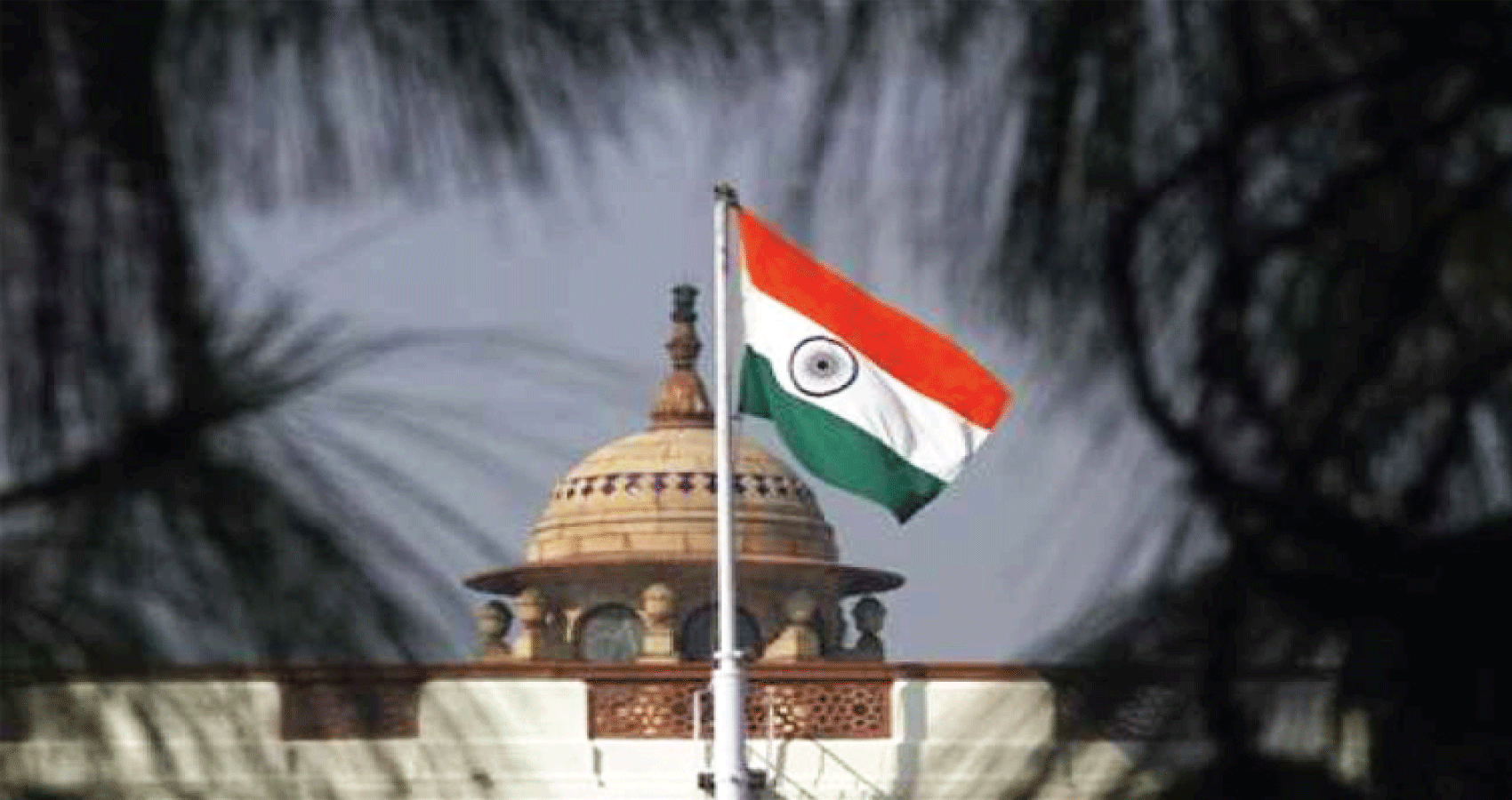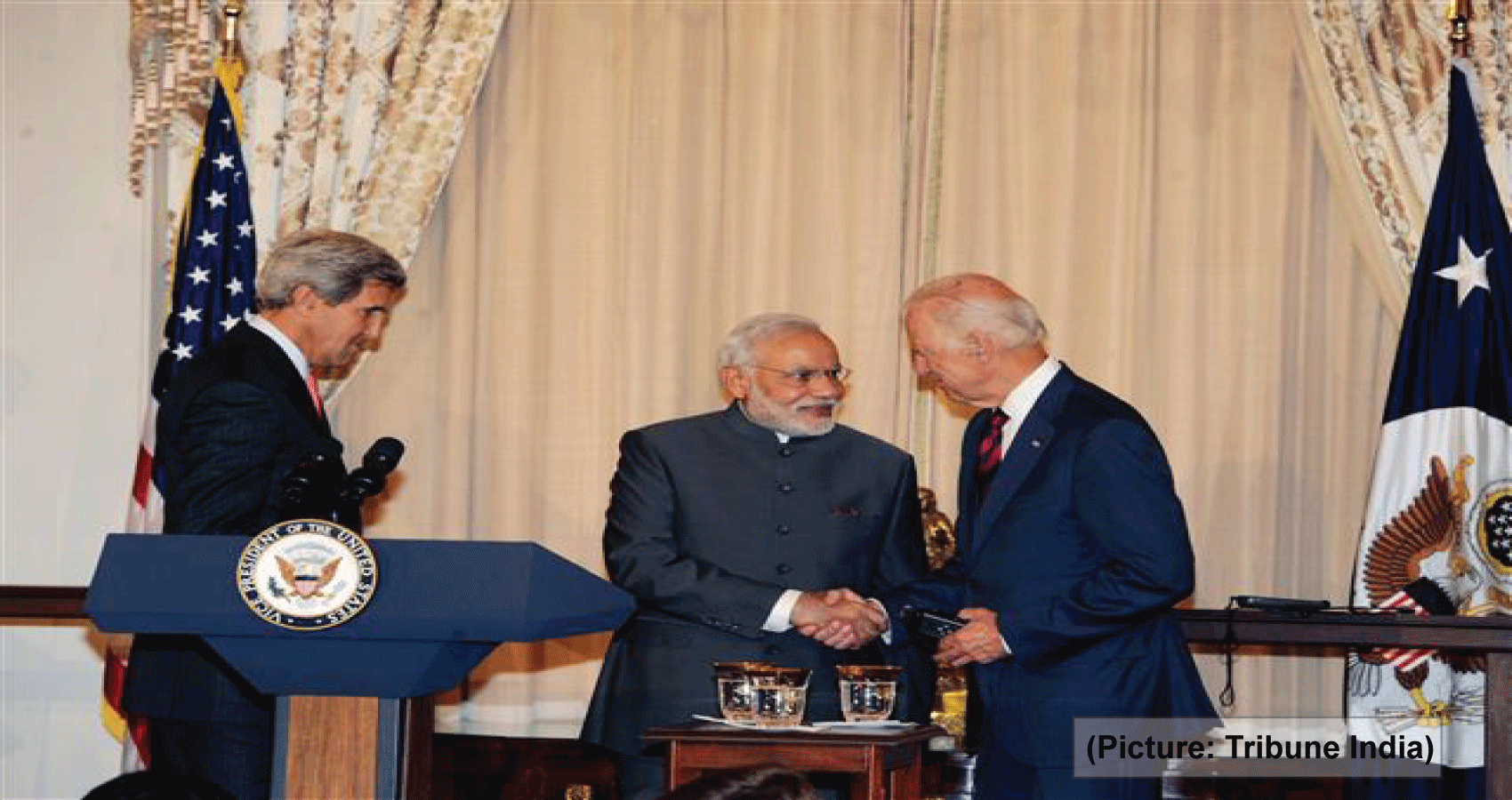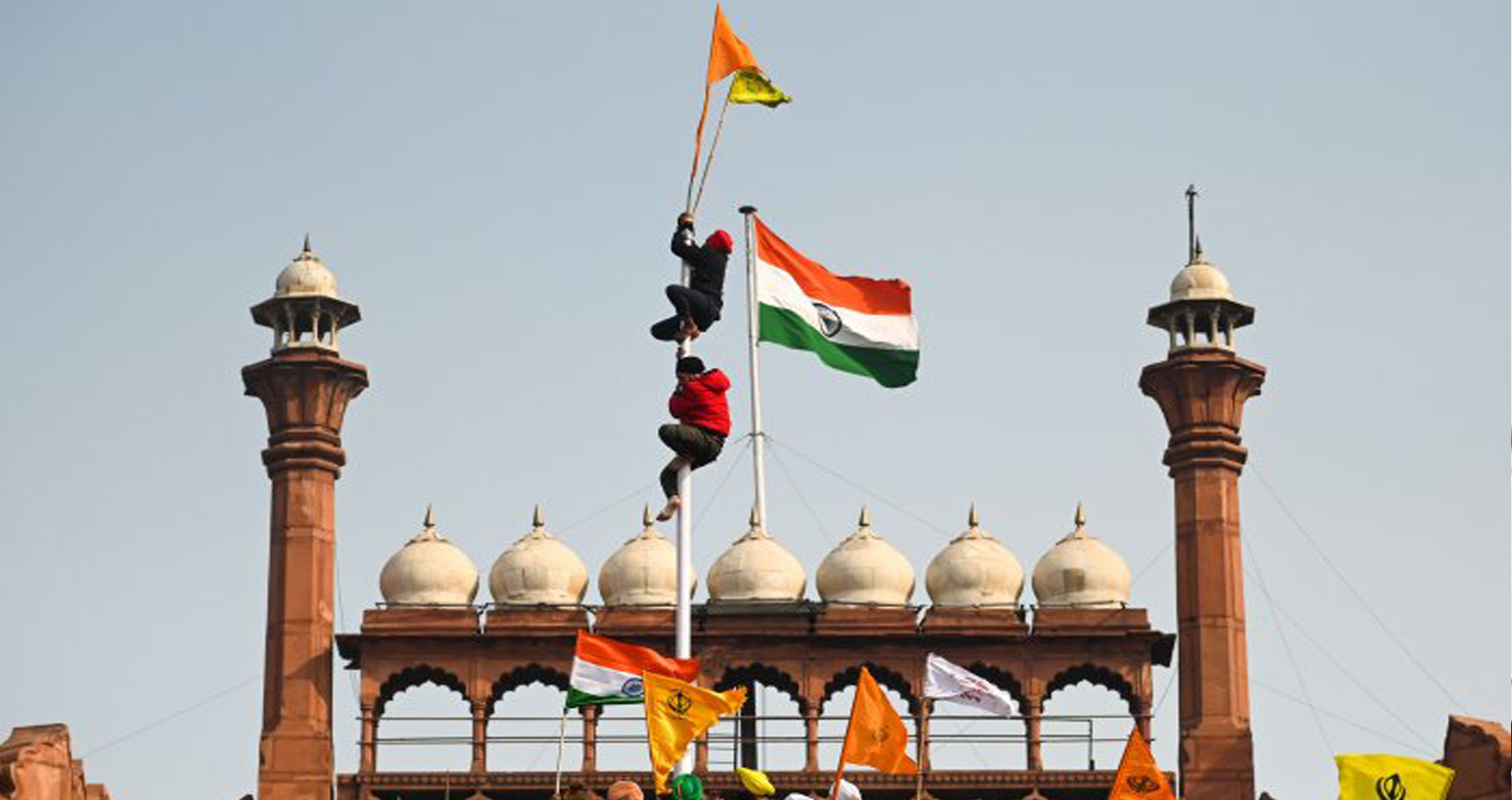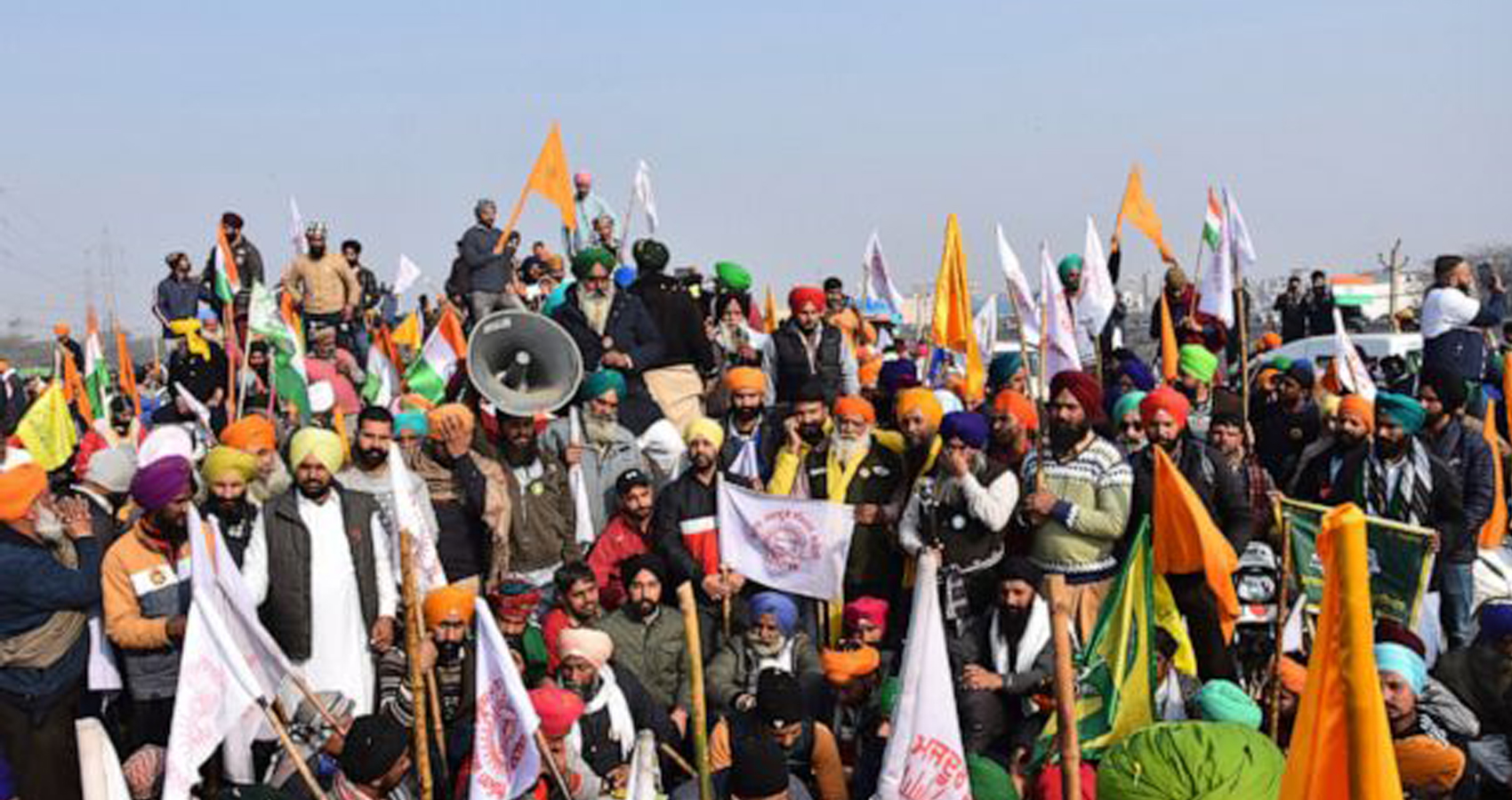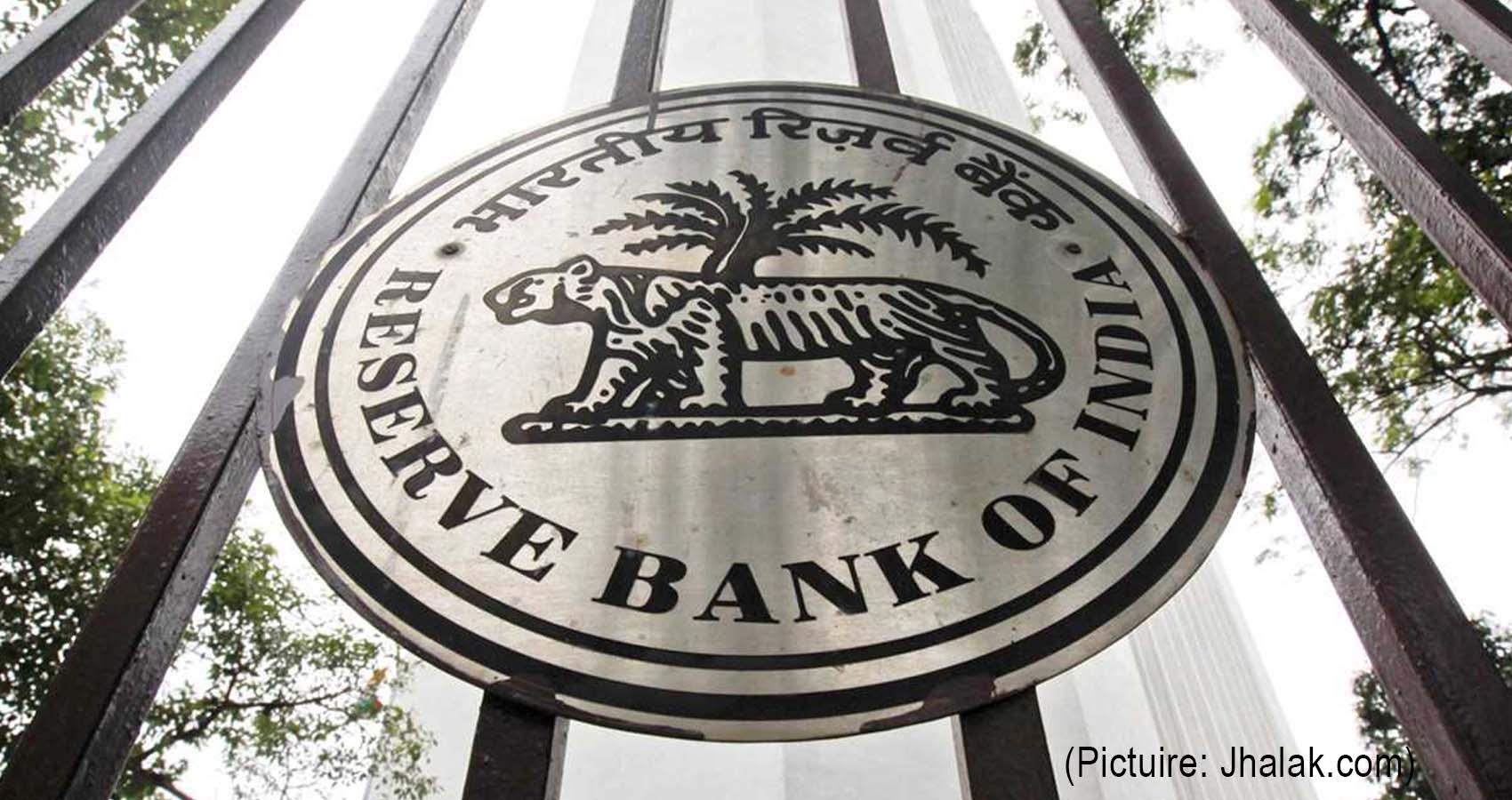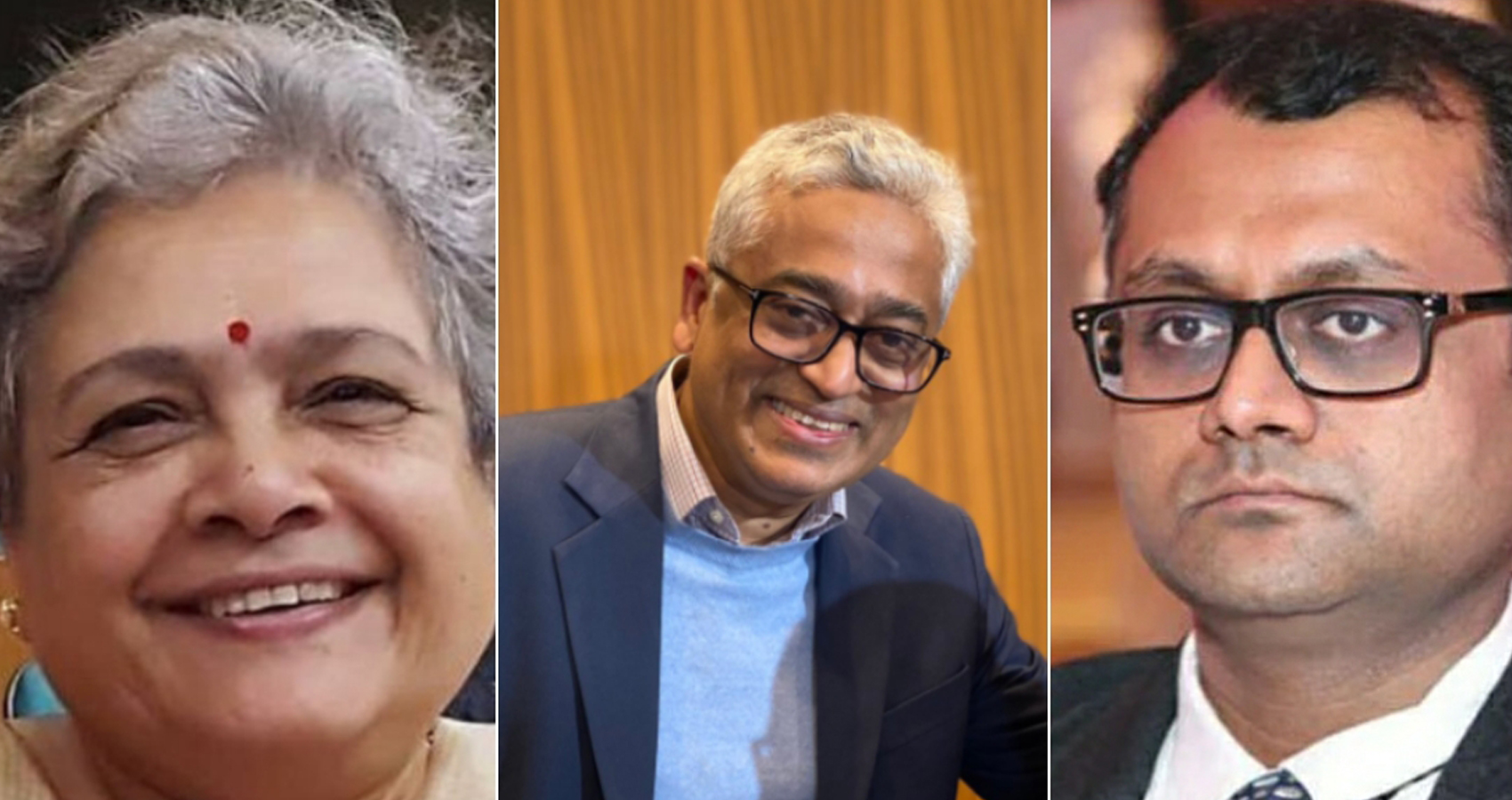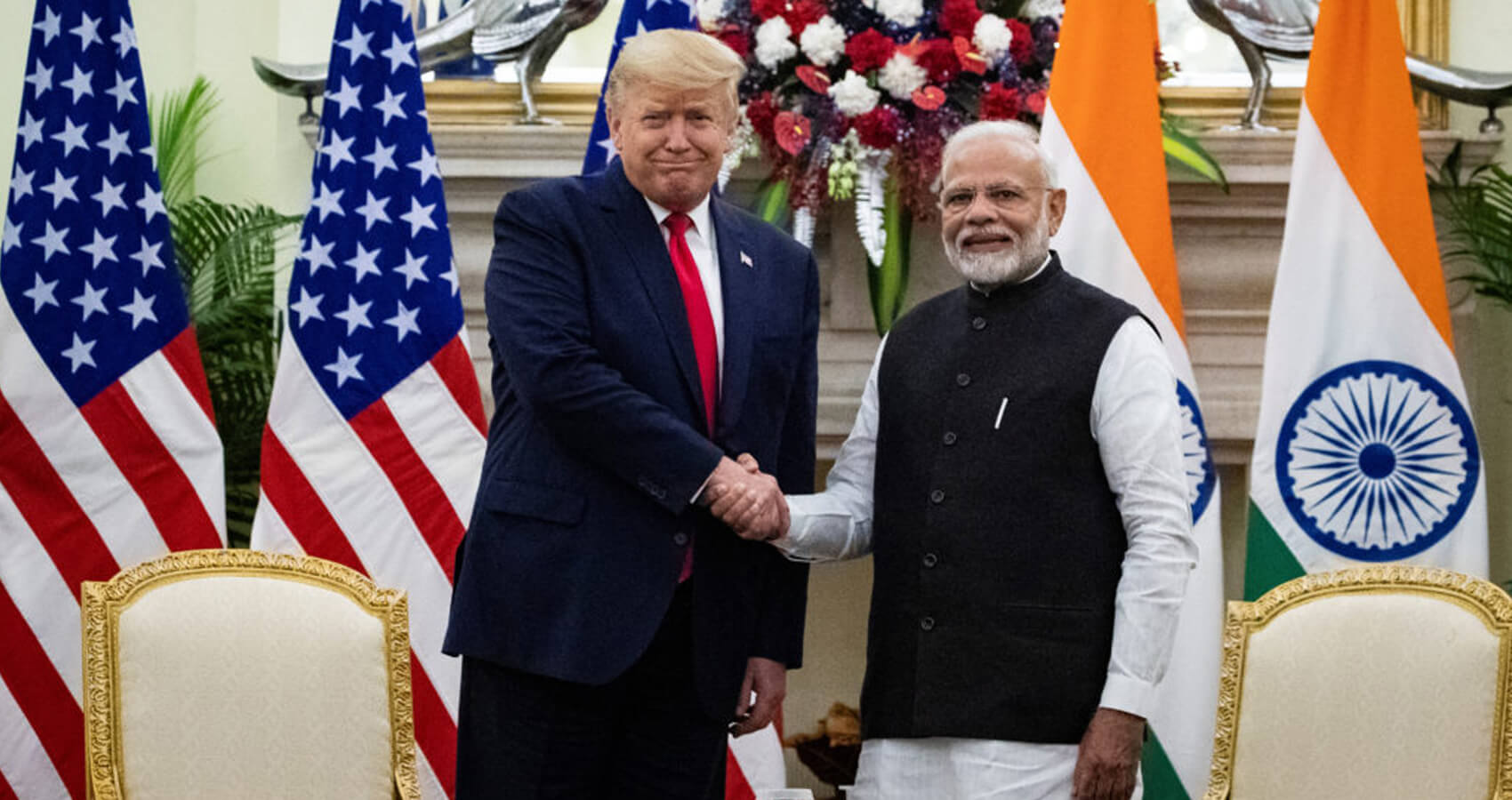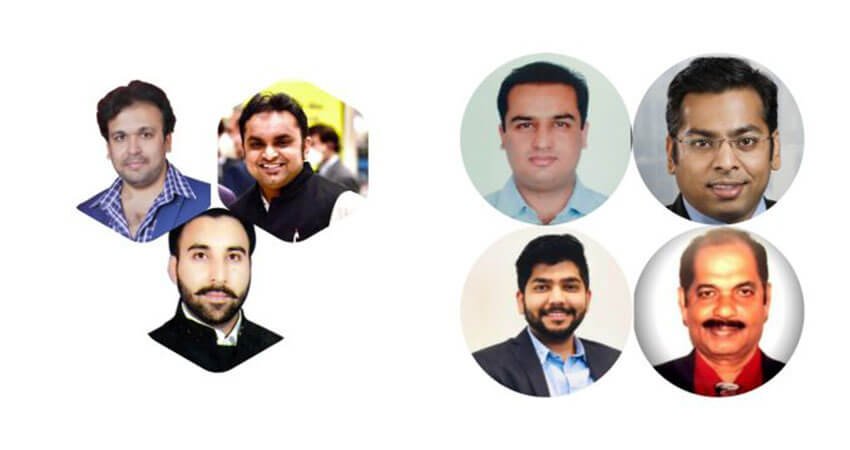In a stunning development for Overseas Citizens of India, the Ministry of Home Affairs issued a notification on March 4 dramatically altering the compact between OCIs and the Indian state. This notification, which is issued under Section 7B of the Citizenship Act, 1955, supersedes three earlier notifications issued on April 11, 2005, January 5, 2007, and January 5, 2009, which laid down the rights of the OCIs.
In addition to classifying OCIs as “foreign nationals”, the new notification introduces a series of new restrictions that dramatically curtails the rights and liberties of OCIs in India. These restrictions include a requirement for OCIs to secure a special permit to undertake “any research”, to undertake any “missionary” or “Tablighi” or “journalistic activities” or to visit any area in India notified as “protected”, “restricted” or “prohibited”.
In addition, the notification now equates OCIs to “foreign nationals” in respect of “all other economic, financial and educational fields” for the purposes of the Foreign Exchange Management Act, 2003 although past circulars by the Reserve Bank of India under FEMA will hold ground. This reverses the position that has held for the last 16 years wherein OCIs were equated to Non-Resident Indians rather than “foreign nationals” for the purposes of their economic, financial and educational rights.
OCIs can however continue to purchase land (other than agricultural land), pursue the profession of medicine, law, architecture and accountancy and seek parity with Indian citizens with regard to airfares and entry fee to monuments and parks. OCIs can also continue to seek enrolment in Indian educational institutions on par with NRIs but not for seats reserved exclusively for Indian citizens.
OCIs have been pushing for implementation of rights on par with Indian citizens, especially in claiming seats in educational institutions through competitive exams. “There are multiple cases pending in courts in Karnataka, where OCIs have laid claim to seats reserved for Indian citizens. So things had to be clarified further,” a Home Ministry official said. The notification in the Gazette last week granted OCIs the right of multiple entry lifelong visa to India for any purpose; exemption from registration with the Foreigners’ Regional Registration Officer (FRRO) for any length of stay in India; and parity with Indian nationals in the matter of domestic air fares, entry fees to monuments and public places.
It also said that OCI cardholders will enjoy parity with Non Resident Indians (NRIs) in adoption of children, appearing in competitive exams, purchase or sale of immovable property barring agricultural land and farmhouses, and pursuing professions such as doctors, lawyers, architects, and chartered accountants.
However, many of these rights have been subjected to certain restrictions. The notifications says that the right of multiple entry lifelong visa for “any purpose” can be enjoyed provided the OCI obtains a special permission from “the competent authority” or the FRRO “to undertake research; to undertake any Missionary or Tabligh or Mountaineering or Journalistic activities; to undertake internship in any foreign Diplomatic Missions or foreign Government organizations in India or to take up employment in any foreign Diplomatic Missions in India; to visit any place which falls within the Protected or Restricted or prohibited areas as notified by the Central Government or competent authority”.
The restrictions on missionary and Tablighi activities on foreigners and OCIs have existed since the 90s when the latter were known as Persons of Indian Origin (PIO). In February 2018, the government published broad guidelines for Indian visa wherein it mentioned the restrictions on foreigners and OCIs from engaging in Tablighi activity.
The “OCI cardholder shall not be eligible for admission against any seat reserved exclusively for Indian citizens” In respect of all other economic, financial and educational fields not specified in this notification or the rights and privileges not covered by the notifications made by the Reserve Bank of India under the Foreign Exchange Management Act, 1999 (42 of 1999), the OCI cardholder shall have the same rights and privileges as a foreigner,” the notification said.
- The central ministry of home affairs has notified new rules that require Overseas Citizen of India (OCI) to take special permission from the government if they want to be involvedin journalistic, missionary or “Tabligh” activities in the country.
- India provides OCI statues to certain Indian-origin foreign nationals. They have parity with Non-Resident Indians in purchase or sale of immovable properties other than agricultural land, in appearing for the entrance tests such as National Eligibility cum Entrance Test, and in inter-country adoption of Indian children, among others.
- The ministry, in its notification issued on Thursday, said the OCI cardholders are entitled to get multiple entry lifelong visa for visiting India for any purpose but “required to obtain a special permission or a special permit from the Foreigners Regional Registration Officer or the Indian Mission to undertake research and to undertake any missionary or Tabligh or mountaineering or journalistic activities”. News agency PTIquotes a home ministry official as saying that these rules were part of the ‘brochure’ published in 2019 but were recently consolidated and notified.
- In 2019, the central government had revoked the Overseas Citizen of India (OCI) card of author and journalist Aatish Taseer, days after Time magazine published a critical story, headlined “India’s Divider in Chief”, on Prime Minister Narendra Modi and the general election.
- The home ministry then said he had “concealed the fact that his late father was of Pakistani origin”. Aatish, a UK national, is the son of assassinated Pakistan politician Salman Taseer and Indian journalist Tavleen Singh.
Judicial defeats
Most of these new restrictions have likely been inspired by the defeats suffered by the government in various cases filed by OCIs before the judiciary. Take for example, the new requirement for OCIs to apply for a special permit to undertake any missionary activities. This restriction has been introduced to undercut a judgment by Justice Vibhu Bakru of the Delhi High Court wherein he came down heavily on the Ministry of Home Affairs for cancelling the OCI card of an American-Indian doctor on the grounds that he was engaged in “evangelical and subversive activities” while offering free medical services to the needy and the poor in Bihar. In that judgment, Justice Bakru made it clear that there was no restriction preventing OCIs from engaging in religious activities.
Similarly, the restrictions on OCIs competing for seats reserved for Indian citizens is meant to undercut a judgment of the Karnataka High Court by Justices BV Nagarathna and NS Sanjay Gowda declaring that OCI students will be treated as Indian citizens for the purposes of admission to professional courses.
Lastly, the Ministry of Home Affair’s assertion that OCIs are foreign nationals and not Indian citizens is most likely inspired by ongoing litigation before the Delhi High Court wherein an OCI has sought a declaration from the court that OCIs enjoy fundamental rights just like Indian citizens.
The requirement for OCIs to take a special permit to engage in journalistic activities has likely been motivated by right-wing ideologues like Subramaniam Swamy who has been targeting journalists like The Wire’s Siddharth Vardarajan because of their foreign citizenship. There are several other next generation OCIs who work as journalists in India and whose future will now be under a cloud if the Ministry of Home Affairs decides to deny them the required permit to continue working as journalists in India.
This notification by the Ministry of Home Affairs is not surprising. For some time now, the Ministry of Home Affairs has dedicated its efforts to reduce the concept of OCIs to a glorified long-term visa programmer rather than implement it as a dual citizenship program, as was the intent of Parliament when then Home Minister LK Advani piloted the Citizenship (Amendment) Act, 2003, through Parliament.
The “Statement of Objects & Reasons” accompanying this Bill, which lays down the intent of the government at the time of introducing a bill in Parliament and which can legitimately be used by the judiciary to discern the legislative intent, stated the following:
“Subsequently, the High Level Committee on Indian Diaspora constituted by the Central Government, inter alia, recommended the amendment of this Act to provide for the grant of dual citizenship to persons of Indian origin belonging to certain specified countries. The Central Government has accordingly decided to make provisions for the grant of dual citizenship.”
Advani in his introductory speech had clarified once again that the entire purpose of the Bill was to introduce dual citizenship for the Indian diaspora. It is therefore disingenuous for the Ministry of Home Affairs to now claim through a recent notification the claim that OCIs are foreign nationals. This argument is all the more absurd when viewed in light of the fact that the phrase OCI literally has the phrase “Indian citizen” in its title.
Lastly, it bears noting that the entire concept of OCIs was brought through the Citizenship Act, 1955, which is a legislation specifically meant to regulate the concept of Indian citizenship. There are separate laws like the Foreigners Act, 1946 and the Foreign Exchange Management Act, 2003, which deal exclusively with foreigners and their rights in India.
The fact that Parliament sought to locate OCIs in the Citizenship Act and not the Foreigners Act or FEMA is sufficient proof that Parliament wanted OCIs to be Indian citizens.







